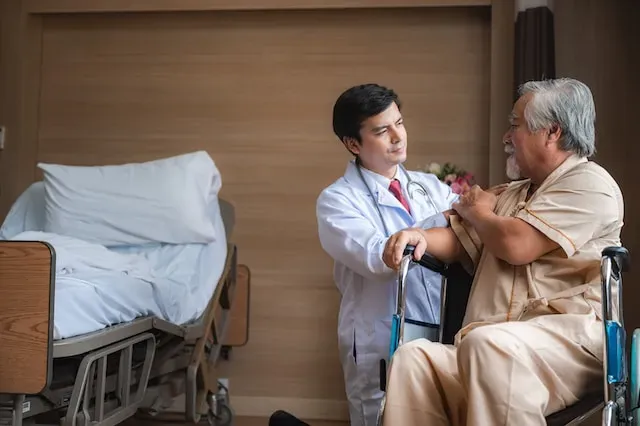
Geriatric Physical Therapy
Get insightful information on Geriatric Physical Therapy, its benefits for seniors, and how it aids in maintaining independence and improving quality of life.
Get carepatron free
Commonly asked questions
Simple yet effective exercises include seated leg lifts, wall push-ups, ankle circles, and chair squats. These can be performed almost anywhere and help maintain strength, flexibility, and balance.
The effectiveness can vary based on individual health conditions and limitations. It may not reverse certain age-related changes but can improve function and quality of life. Patient commitment and consistency are also crucial for optimal results.
While generally safe, there's a risk of injury if exercises are not performed correctly or are too strenuous for the patient’s current physical condition. It's important to have exercises tailored and monitored by a qualified therapist.







